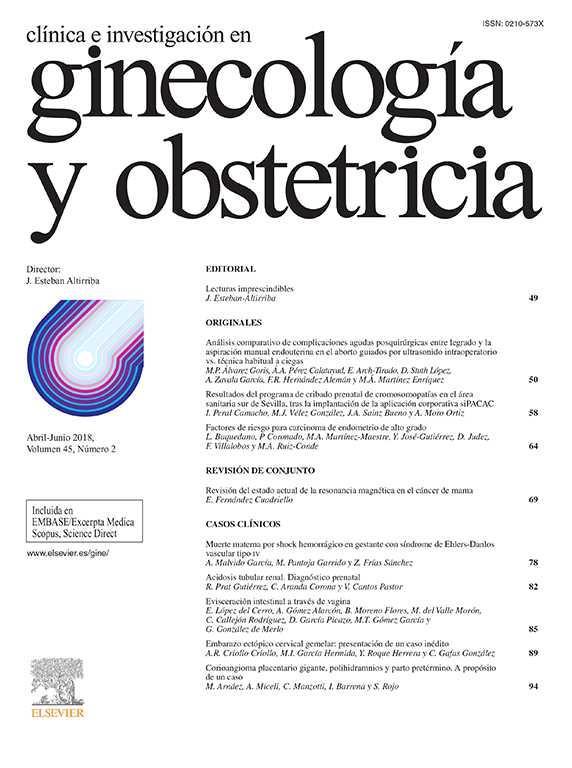Se realizó un estudio retrospectivo descriptivo de 154 gestantes que tuvieron hijos con crecimiento intrauterine retardado (CIUR) en el Hospital Docente Ginecobstétrico América Arias en el año 2002. Se realiza este estudio ya que sigue siendo en la actualidad un problema para la obstetricia que las madres tengan recién nacidos de bajo peso, sobre todo los catalogados como CIUR, por la alta morbimortalidad que presentan luego del nacimiento, así como su tremendo impacto económico y social. El universo de estudio comprendió a todos los neonatos con diagnóstico de crecimiento intrauterino retardado al nacer en el período comprendido entre enero y diciembre de 2002 en el Hospital Docente Ginecobstétrico América Arias. El estudio tiene como objetivo identificar la morbimortalidad de este grupo al nacer. Para dar cumplimiento a nuestros objetivos se revisaron los registros continuos de parto y las historias clínicas de las madres y los neonatos. Nuestro estudio arrojó que el mayor número de casos correspondió a los CIUR moderados y producto de embarazos a término, que sólo la mitad de éstos fueron diagnosticados antes del término. El mayor porcentaje nació producto de cesáreas y con buen Apgar y aportó como grupo una alta tasa de mortalidad neonatal. Se concluyó que el factor fundamental relacionado con el CIUR es hacer el diagnóstico en el mayor número de casos y lo más precozmente posible para poder manejarlos de forma más oportuna y mejorar los resultados perinatales.
A retrospective, and descriptive study of 154 mothers who had children with Intrauterine Growth Retardation (IUGR) at birth. The study was conducted at the America Arias Gynaecology and Obstetric Teaching Hospital in 2002, It was aimed at identifying the mortality and morbidity in our cases. The continual delivery registries, as well as the medical history of mothers and neonates, were reviewed.
ResultsThe IURG most frequently found was moderate, and at the end of pregnancy, a only half o these cases were diagnosed before birth. The highest percent of these births were by caesarean section, and the Apgar was normal. It was concluded that the most important aspect in the management of IUGR is its early diagnosis.






